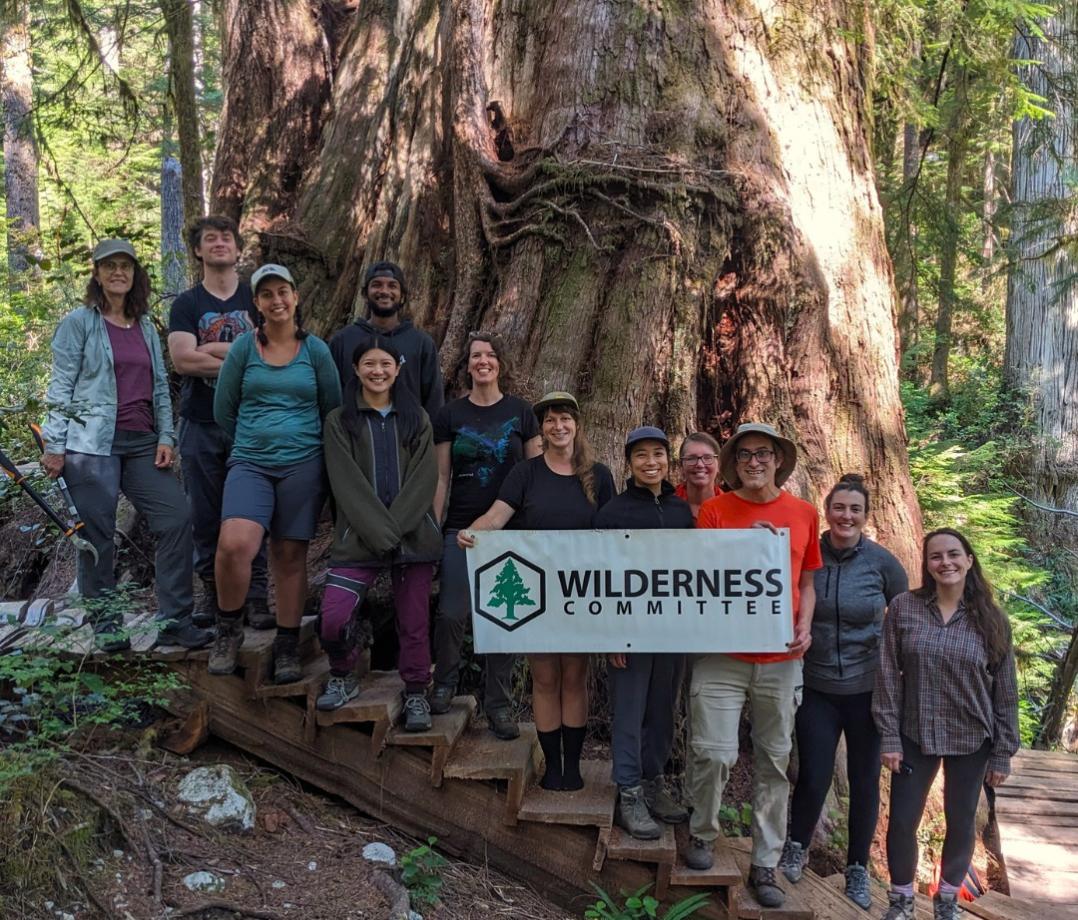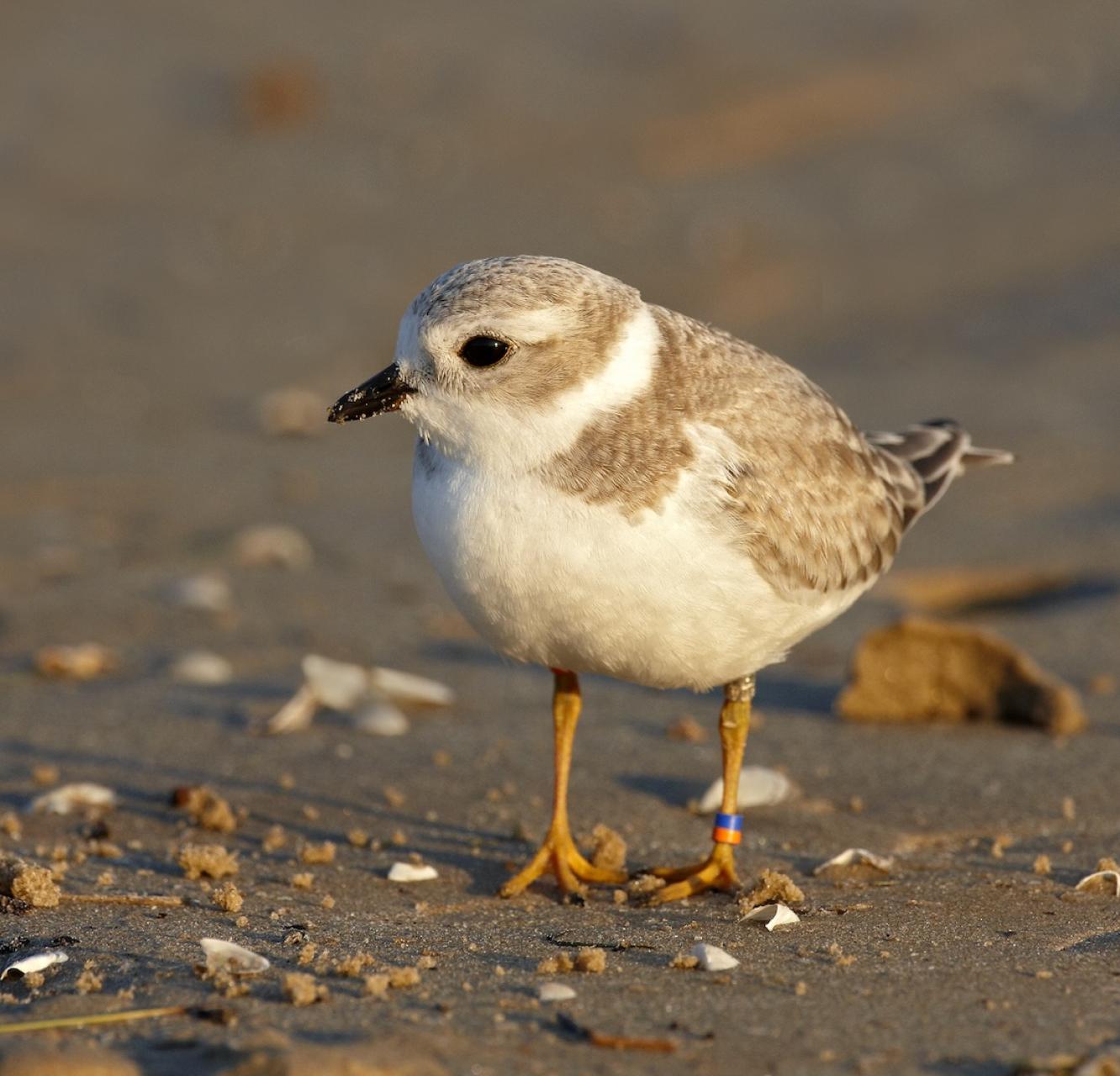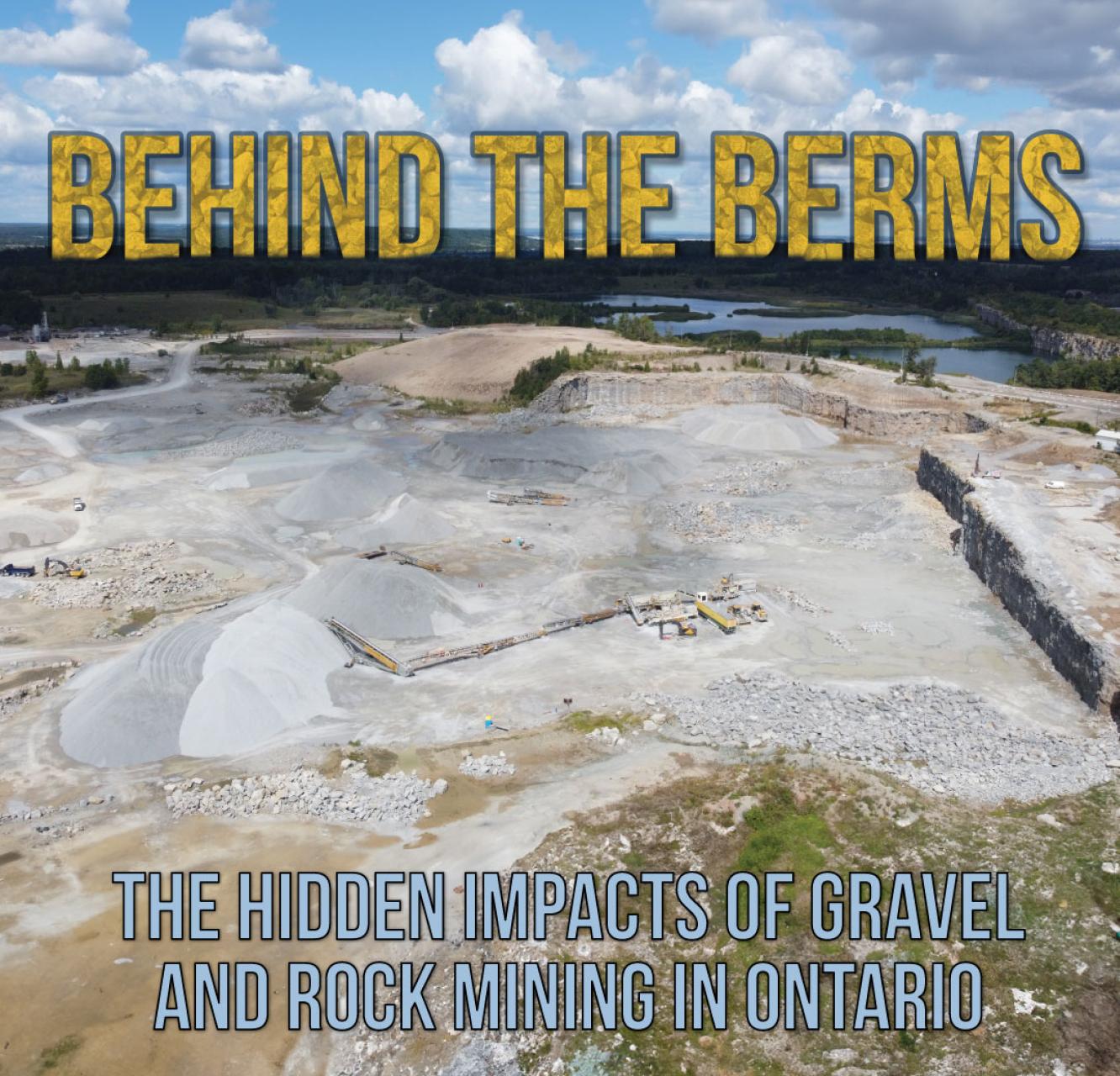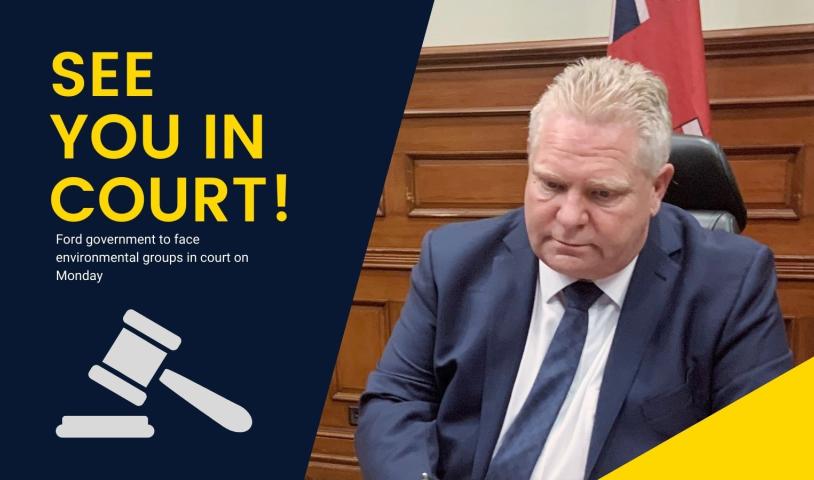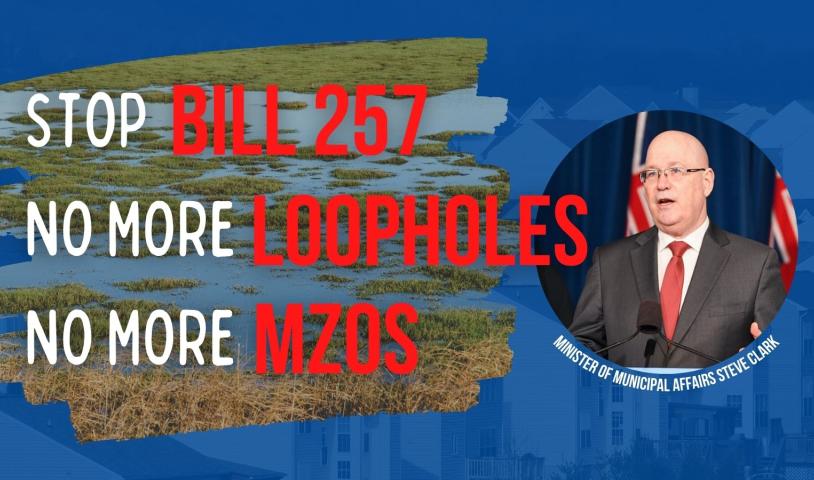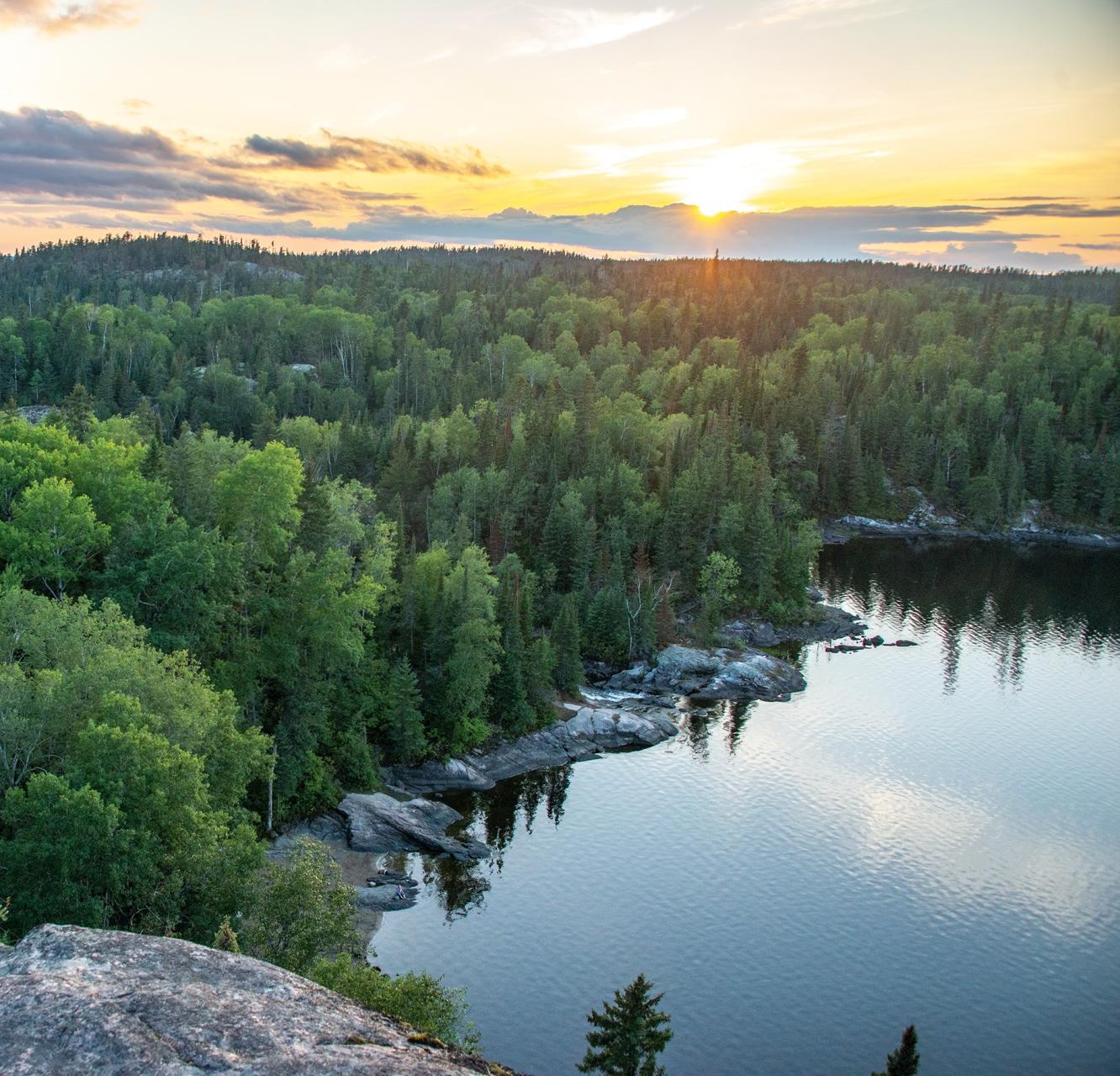Ontario Environmental Protections
Crucial safeguards for nature
Beyond protected parks and conservation reserves, Ontario has built a suite of laws and regulations, developed over decades, to balance protections for healthy water, air, soil and people with industry, resource extraction and urban development. Many of these policies are the result of hard-fought public advocacy. However, they are continuously under threat as governments attempt to deregulate these protections to cater to big corporations and developers.
The current provincial government’s “open for business” mandate has threatened many cherished protections, as bill after bill has sought to weaken the rules and oversight of polluting and destructive industries. This “death by a thousand cuts” strategy seems to be designed to confuse, overwhelm and exhaust public participation, consultation and outcry. We’re committed to defending these crucial safeguards and empowering communities to push back for stronger protections.
Take Action
Don’t let Doug Ford sell off park lands

Tell Ontario to stop the toxic spray on forests
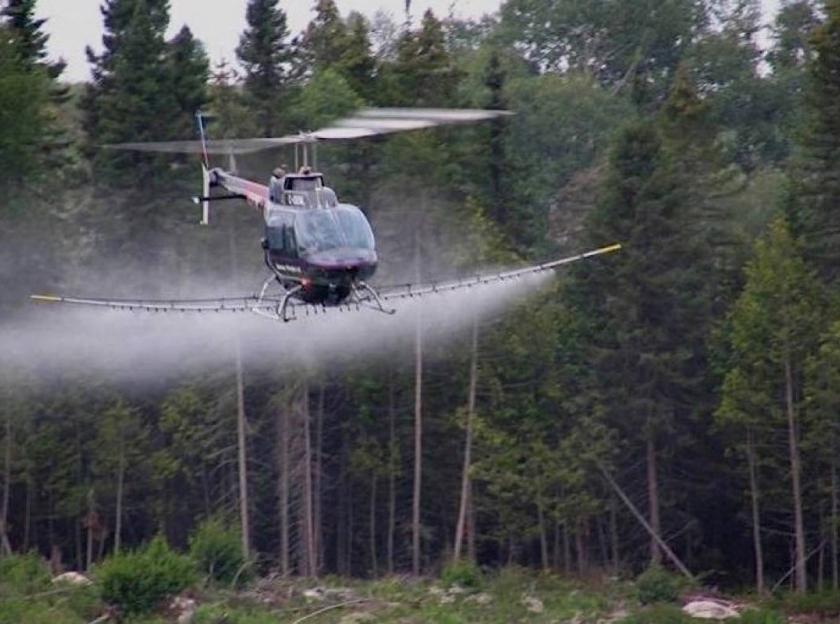
The right to a healthy environment
Ontario’s Environmental Bill of Rights ( EBR ), enacted in 1994, recognizes the inherent value of the natural environment and the right of Ontarians to a healthy environment. It provides a framework for public participation in environmental decision-making and holds the government accountable for its environmental actions. The EBR requires ministries to post proposals for policies, acts, regulations and other instruments with potential environmental impacts on the Environmental Registry of Ontario (ERO), allowing for public review and comment. The implementation of the EBR is overseen by the Auditor General of Ontario. We work to inform the public about environmentally significant decisions and their rights to participate and hold the government accountable.
A complicated landscape
Ontario’s protections for water, air, soil and wildlife are complex, spread across multiple legislative acts, and overseen by different ministries. The Environmental Protection Act (EPA) is the primary law for controlling pollution and protecting the environment from harmful substances. The Environmental Assessment Act (EAA) outlines the process for governments to consider the potential environmental impacts of proposed infrastructure projects. The Planning Act and Provincial Policy Statement set the rules for land-use planning, zoning and urban development, including protections for natural systems. The Greenbelt Act, Niagara Escarpment Act and Oak Ridges Moraine Conservation Act place additional limits on development to preserve ecologically sensitive features, hydrological processes and productive farmland.
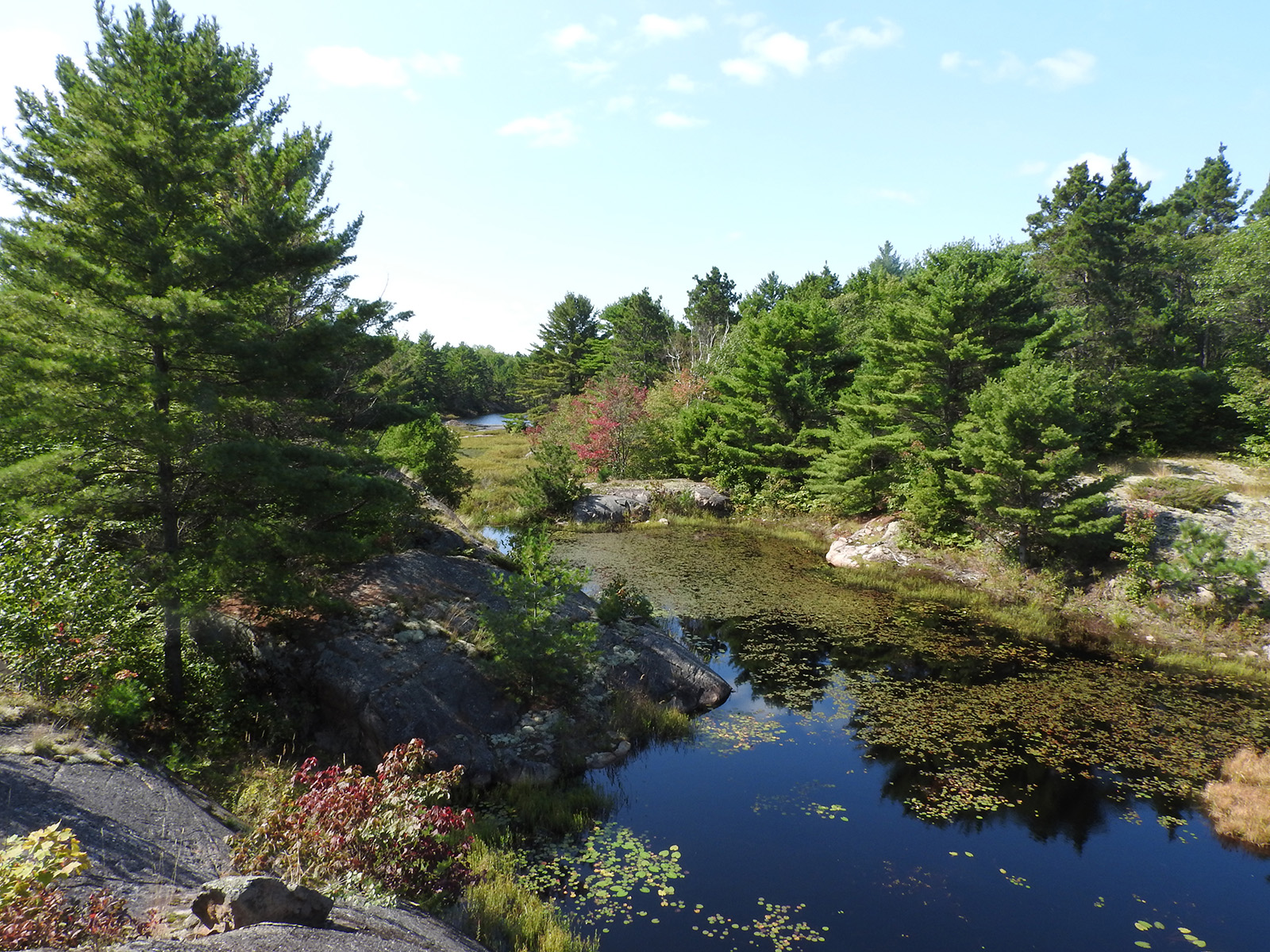
Ontario’s 36 Conservation Authorities manage local watersheds and conservation areas while helping to mitigate natural hazards. In addition, legislation such as the Aggregate Resources Act, Mining Act and Crown Forest Sustainability Act are meant to regulate industrial resource extraction.
Cuts to any of these laws can have serious consequences for the health and safety of Ontarians and the natural systems that sustain us all. We remain vigilant and prepared to intervene whenever detrimental changes are proposed.
Highway 413
Ontario Premier Doug Ford’s relentless pursuit to build the proposed 413 highway at any cost is a prime example of this government’s disregard for environmental oversight. The proposed 52-kilometre mega highway, north of Toronto, would cut through protected Greenbelt lands, the Nashville Conservation Reserve, hundreds of waterways and the habitat of dozens of endangered species, including the redside dace, western chorus frog and red-headed woodpecker. Despite the potential for devastating impacts on water, ecosystems and wildlife, the Ford government exempted the project from the Environmental Assessment Act and weakened protections for endangered species in 2025 under Bill 5.
We’re actively working to hold the federal government accountable by urging them to use their authority under the federal Species at Risk Act to deny permits that would destroy critical habitat and threaten species at risk.
Map of proposed Highway 413 overlap with critical species habitat
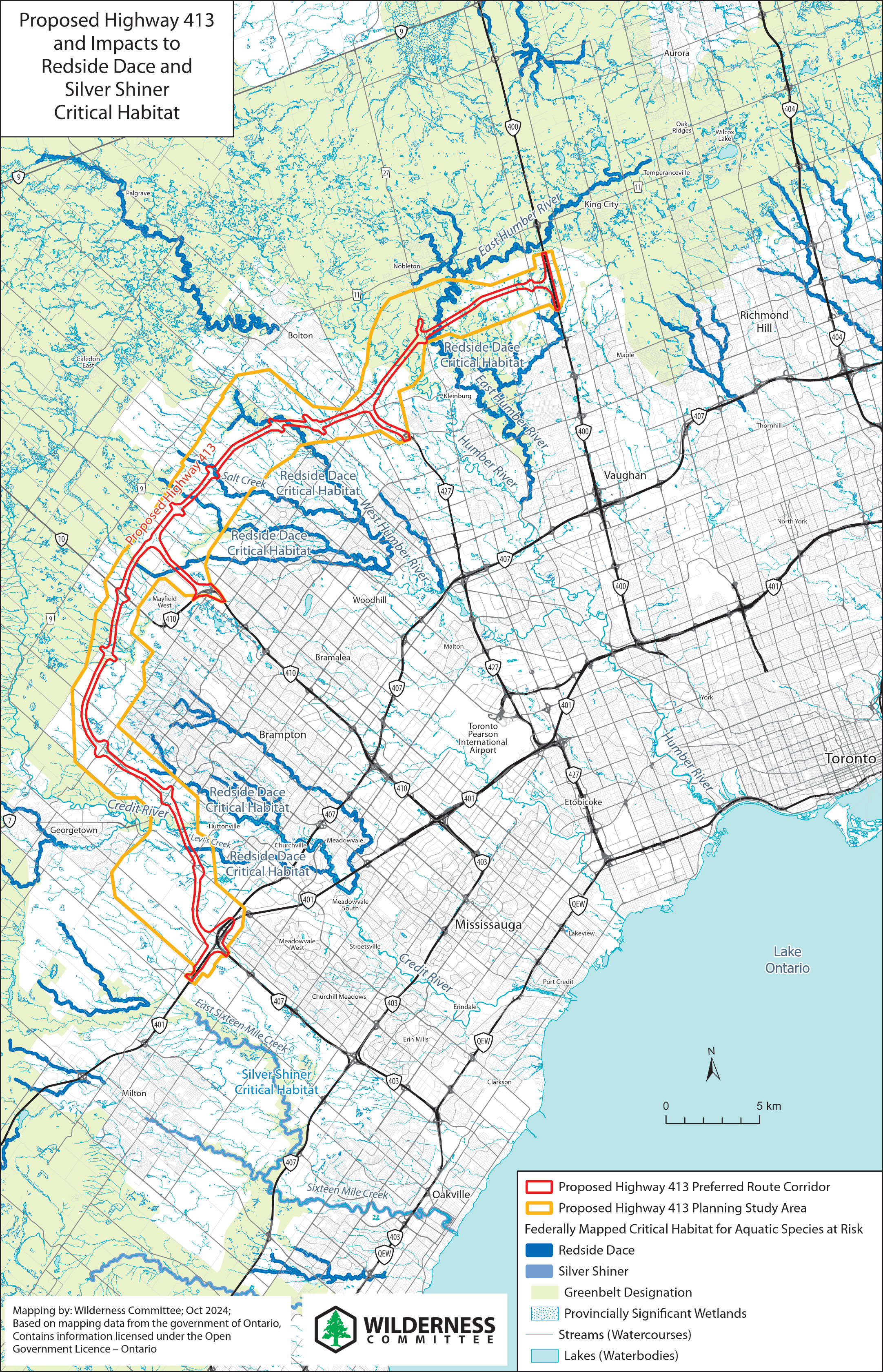
Reform Gravel Mining
Mining for gravel, sand and rock — collectively known as aggregates — is big business in Ontario, and highly under-regulated. As a finite resource, the extraction of aggregates must be sustainably managed. The industry also presents serious risks to water and air quality, wildlife and public safety. Over 6,000 aggregate pits and quarries are already approved in the province, and the Aggregate Resources Act does not require proponents to demonstrate the need for new extraction.
We work in partnership with the Reform Gravel Mining Coalition and local communities to oppose new gravel mining in environmentally sensitive areas and to demand regulatory reform that better protects water, ecosystems and public health.
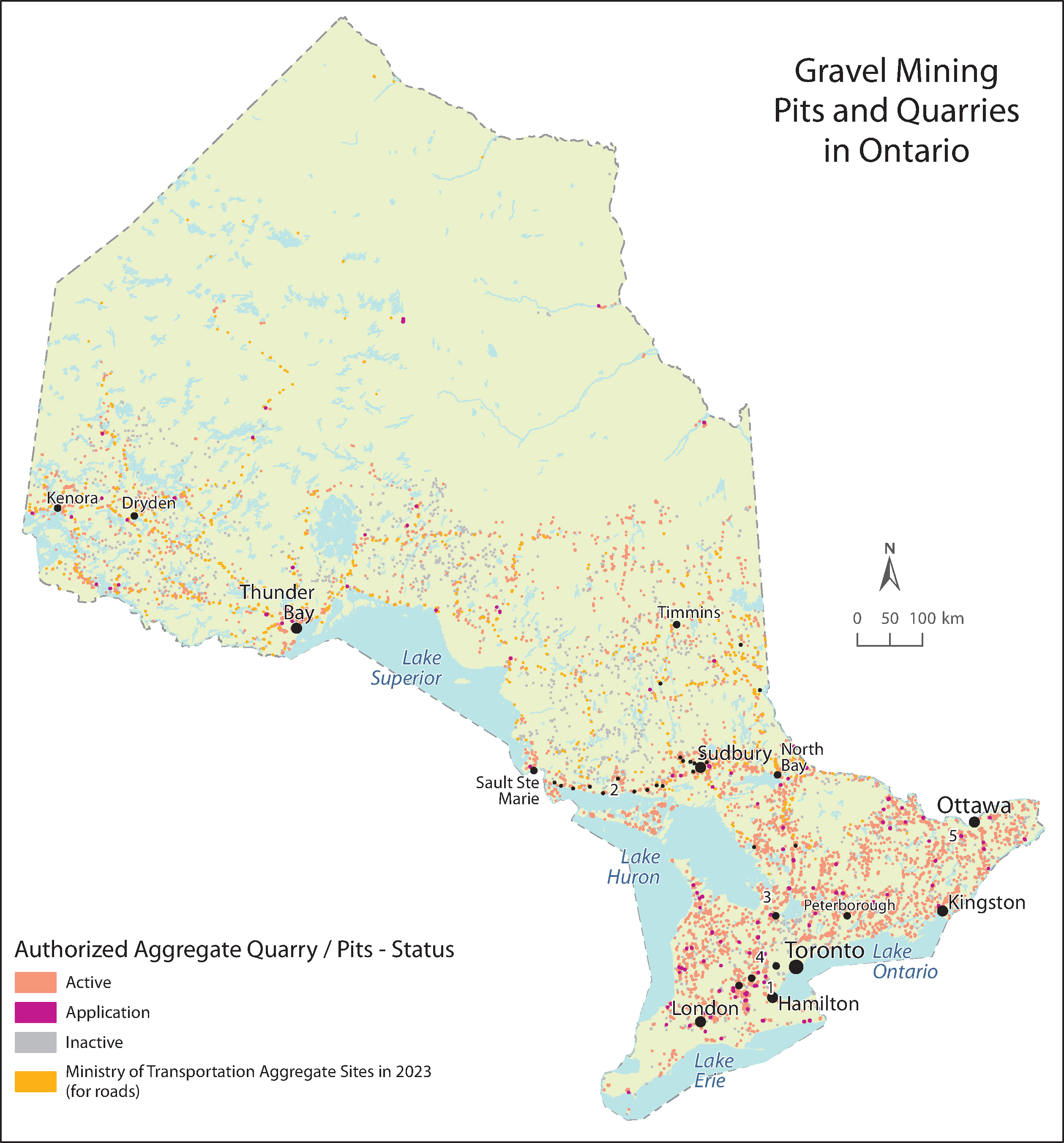
Greenbelt grab defeated
In 2022, the Ford government attempted to carve out 7,400 acres from protected Greenbelt lands to enrich politically connected developers. However, after sustained public protest and investigations by the province’s Integrity Commissioner, the government was forced to retract the land grab and return all parcels to the Greenbelt.
This win proves that well-organized and informed people power can effectively defend environmental protections. We continue to work with grassroots communities to fight for and expand Greenbelt protections, preserving wetlands, forests and farmland from unnecessary urban sprawl.
#StopTheSpray Of Glyphosate In Forests In Ontario
We joined the TEK elders in their protest against the Ontario government's plan to aerial spray glyphosate herbicides in their forests
Behind The Berms
‘Aggregates’ is the industry term for natural materials — sand, gravel, stone and rock — that humans extract from the earth’s surface to make concrete and pavement, to construct roads, highways, subways, sewers, bridges and buildings. Their excavation fundamentally, and often irreversibly, transforms natural ecosystems, depleting fertile soils, destroying habitat for plants and animals, altering water flow patterns and wetlands, and contaminating groundwater. Read on to find out more.
Campaign Gallery
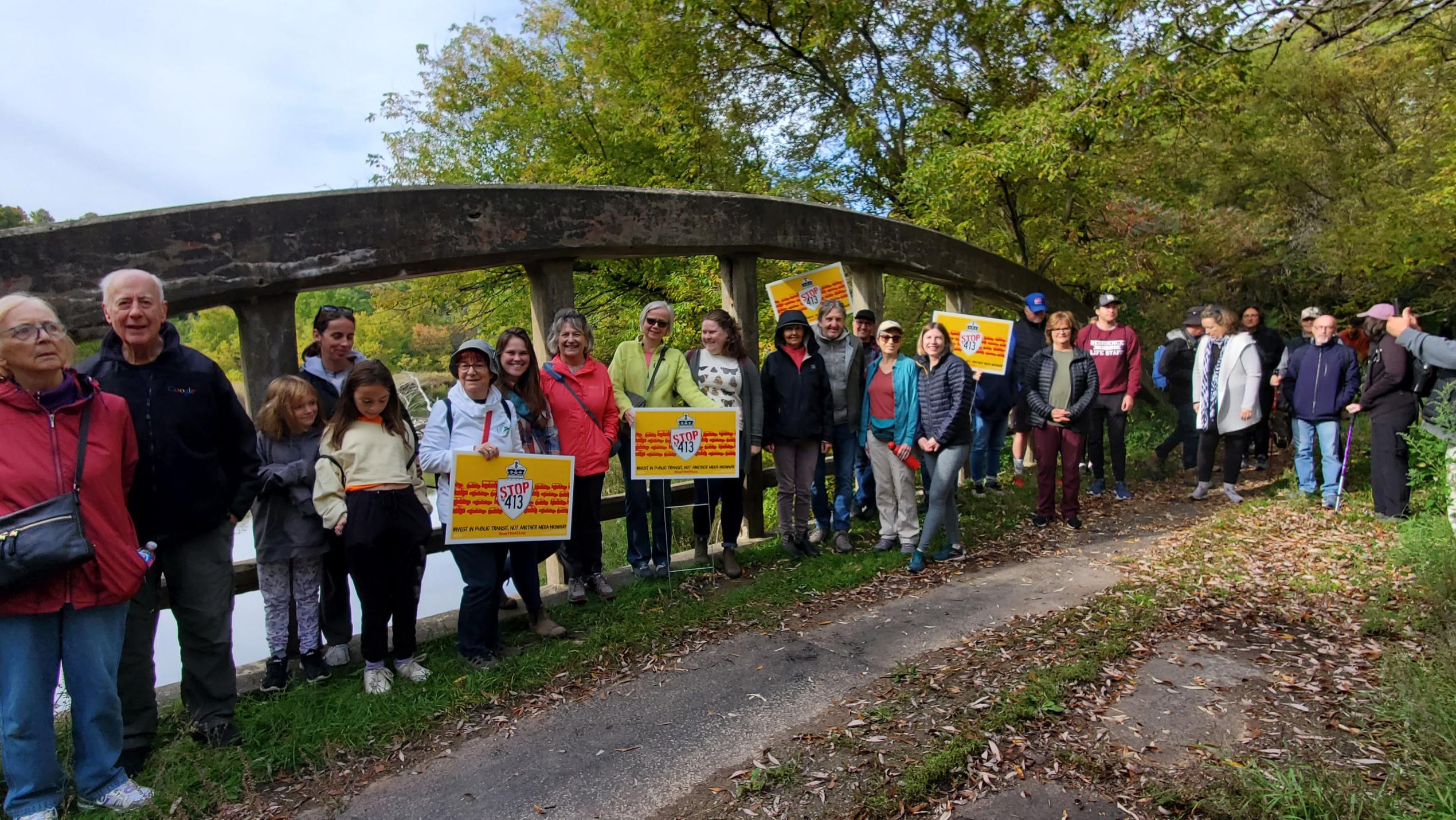
Check Out More Updates
Join Us
Don’t miss your chance to make a difference. Receive campaign updates and important actions you can take to protect wildlife, preserve wilderness and fight climate change.
